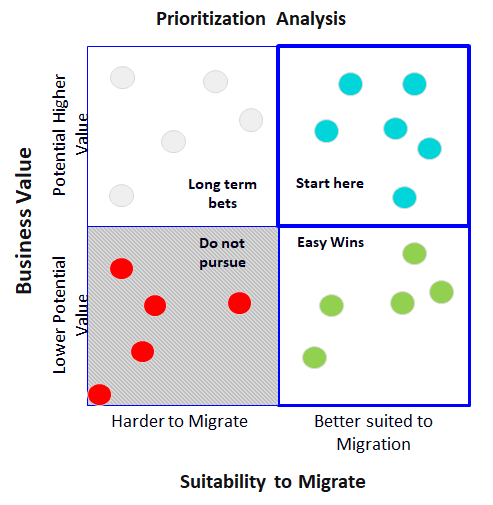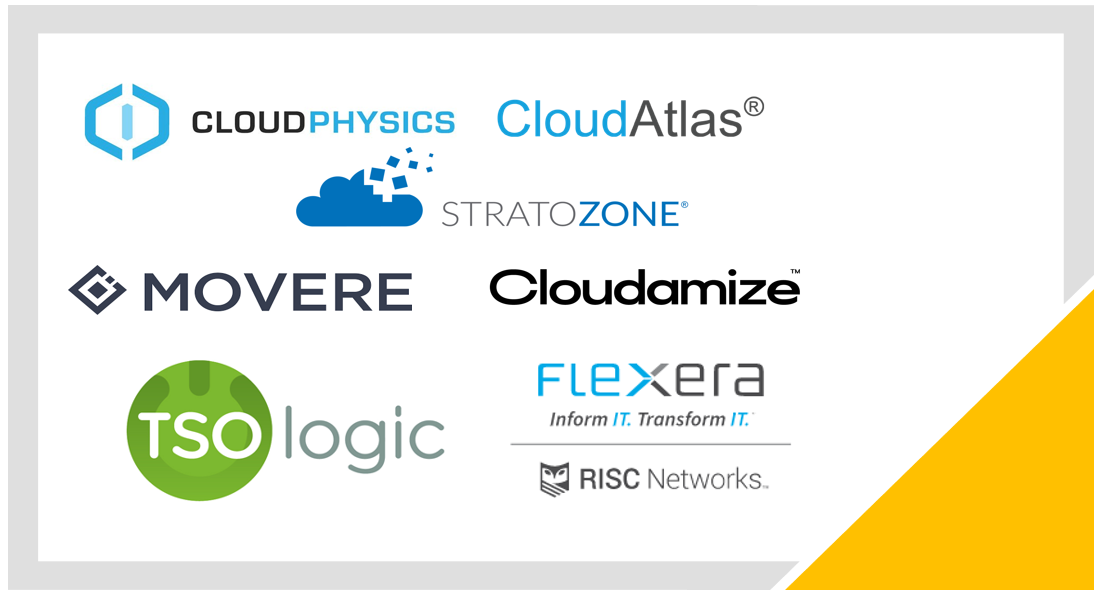Context
Cloud migration is the top priority for IT executives as per the survey by leading research firms. Gartner (in their technology trends 2021) and SaaS vendors like Flexera (published 2021 State of Cloud Report) have predicted that COVID-19 has accelerated Cloud migration plans and the key message coming out as:
Accelerated Cloud Migration is the need of the hour and continues to be the top priority as a strategic initiative for 2021 and beyond.
With Cloud Migration as a key priority, the initial stage of the journey starts with the Cloud assessment phase, and many organizations face challenges to accelerate at this early stage itself.
Current State Assessment Challenge
The first step of Cloud migration assessment starts with the current state assessment, and the formulation of the target state (inc. selection of Cloud-native services) happens incrementally. Current state assessment itself is a time-consuming process as most of the organizations do not have updated current state documented for a variety of reasons. Additionally, in order for executives to agree upon a future state for each application by applying a Cloud migration strategy like Amazon 6R cloud migration, the Cloud assessment phase needs to be accelerated itself. Key challenges during the assessment phase are:
- Timeliness of current state assessment for Cloud readiness
- Timeliness of future state of each application
- Tangible cost/benefit assessment
- Tangible business value assessment
- Predictable success rate for migrated applications
Cloud Assessment & Acceleration
To address the above challenges, having a Cloud Assessment Framework and approach is the key to kickstart the Cloud migration process. A Cloud readiness assessment is a comprehensive process to determine organizational readiness applying application discovery and assessments with an industry-proven approach. Cloud Assessment Framework helps to accelerate the Cloud readiness assessment and helps to produce deliverables like Cloud Migration Roadmap and Application Prioritization Matrix.
Establishing the importance of Cloud assessment phase is not enough; acceleration by applying the right Cloud assessment framework is key during the initial phase.
A sample deliverable as an output of the assessment phase — Application Prioritization Matrix:
Cloud Assessment Technologies
Instead of reinventing the wheel, applying the right set of Cloud assessment tools and technologies helps to accelerate the Cloud migration assessment phase. At a broader level, these tools can be categorized as below:
#1 Cloud migration assessment tools by Cloud Service Providers (AWS, Azure, Google Cloud)
- Amazon (AWS) — AWS Cloud Adoption Readiness Tool, AWS Migration Acceleration Program (MAP), Migration Evaluator, and AWS Migration Hub
- Microsoft Azure — Microsoft Assessment and Planning Toolkit and Azure Migrate
- Google Cloud — Google Migrate for Compute Engine and the Google Storage Transfer Service
#2 Cloud migration assessment tools by Specialized Vendors
- Movere — acquired by Microsoft in 2019
- Stratozone — acquired by Google in 2020
- CloudPhysics — acquired by HP in 2021
- Risk Networks (Flexera) — acquired by Flexera in 2019
- TSO Logic — acquired by AWS in 2019
- Cloudamize — partnered with Google Cloud, Azure & AWS
- CAST Highlight — part of CAST Software for source-code level assessment for Cloud readiness
- Cloud Atlas — a suite of tools for Cloud migration (CloudRecon — inventory, CloudPilot — source code analysis, CloudSupervisor — manage cost & compliance, CloudOrigin — manage/secure)
The acquisition of most of the assessment vendors by leading companies is an indicator in itself that automated Cloud migration assessment is the next big thing.
Conclusion
To conclude, establishing a Cloud assessment framework and using out-of-the-box technology provides the acceleration required during the early stage of the Cloud migration journey. The decision to leverage a Cloud service provider’s tool or using a specialized vendor is contextual and dependent on various factors under consideration. Furthermore, having a consulting firm helps to provide a vendor-neutral perspective and make the right strategic decision with the future state in mind.
References:



